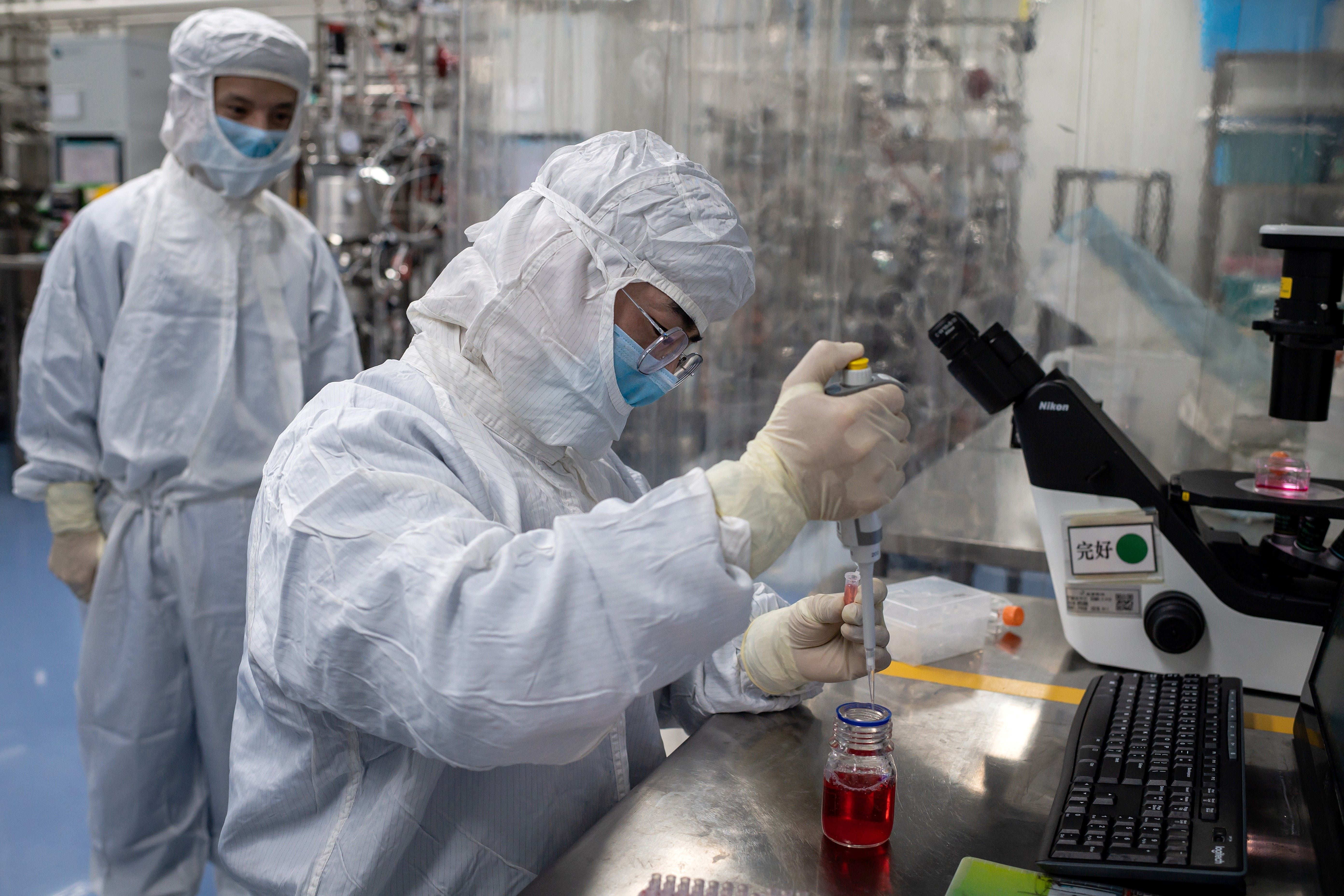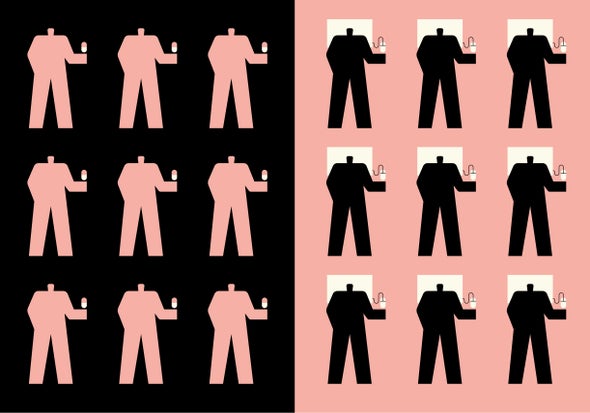Jonathan Cotliar knew he was ahead of the curve four years ago when he joined Science 37, a company that supports virtual clinical trials conducted mostly online. The firm in Los Angeles, California, was growing slowly before March, receiving about a dozen calls a week from potential clients. But since the COVID-19 pandemic began, Science 37 has been running at fever pitch.
Cotliar, the company’s chief medical officer, says Science 37 now receives hundreds of enquiries every week from potential clients, such as pharmaceutical companies, medical centres and even individual investigators. With hospitals forming the epicentres of COVID-19 outbreaks around the world, clinical-trial participants have become reluctant to attend routine check-ups and monitoring, and health-care workers are stretched beyond their capacity. This has caused researchers to put many clinical trials on hold or to shift to a virtual trial structure by performing consultations online and collecting as much paperwork and data as possible remotely.
The pandemic might hasten the kind of change in clinical trials that Cotliar and Science 37 were hoping to make anyway. And there could be other lasting effects on drug development: companies that are usually competitors are now collaborating, and many are trying to make their supply chains more robust to deal with disruption. Some researchers and companies in the drug-development field say the system might never be the same again.
The pandemic has touched nearly all aspects of the industry, says Kenneth Kaitin, director of the Tufts Center for the Study of Drug Development in Boston, Massachusetts. “This has really turned upside down the whole drug-development process,” he says. “The entire investigative world is focused just on developing treatments for COVID-19.”

Some changes are likely to be temporary, Kaitin predicts. Drug regulators in the United States and other countries have acted fast to approve clinical trials of therapies and allow new uses of existing medicines to fight COVID-19, without demanding as much data and paperwork as they normally would. Such changes are likely to stick only for as long as the outbreak lasts. “The flexibilities that are being granted for clinical-trial development are being granted under the auspices of a public-health declaration,” says Esther Krofah, executive director of FasterCures, a Washington DC think tank. “That, to me, is very much an emergency operation.”
And Kaitin points out that these changes shave only a few months off the drug-development timeline—crucial in the middle of a pandemic, but unlikely to make a significant dent in the lengthy process of developing a therapy, which can stretch out over years.
The pandemic could catalyse lasting change in other ways. What might linger, Krofah says, is the culture of collaboration across government, industry and academia that has emerged during the outbreak. “We have traditional competitors working together in new ways,” she says. An alliance of more than a dozen companies—including Gilead in Foster City, California, Novartis in Basel, Switzerland, and WuXi AppTec in Shanghai, China—has been working to discover and test antiviral treatments by sharing data about early results and basic science, as well as collaborating on designs for clinical trials. If these group efforts bear fruit, they might continue, says Krofah.
Pharmaceutical companies might also make long-lasting adjustments to their supply chains, says David Simchi-Levi, who studies operations management at the Massachusetts Institute of Technology in Cambridge. Over the past few decades, drug makers have increasingly shifted their manufacturing away from the United States and Europe to countries such as India and China, which can produce the drugs at lower cost. But over the past few years, many firms have begun to look for ways to diversify their supplies of services and raw materials, to reduce the risk of supply interruptions in the event of a US–China trade war, says Simchi-Levi. The coronavirus outbreak could accelerate that trend. “Some shocks were anticipated, but not at this scale,” says Krofah. “This is going to cause a fundamental re-examination of that risk.”
Momentum for a shift towards virtual clinical trials has been gradually building for years. But progress had been hindered by a lack of clear guidance from regulators such as the US Food and Drug Administration (FDA) and a reluctance to invest in the technology needed to run such trials—until the pandemic hit, says Cotliar. Companies such as Science 37 are suddenly seeing their popularity skyrocket. “It’s exponentially accelerated the adoption curve of what we were already doing,” Cotliar says. “That’s been a bit surreal.”
At the University of Minnesota in Minneapolis, for example, infectious-disease specialist David Boulware and his colleagues conducted a randomized, controlled, virtual trial of the malaria drug hydroxychloroquine to find out whether it can protect people who are at high risk of contracting COVID-19. The trial, which included more than 800 people and found the treatment had no benefit (D. R. Boulware et al. N. Engl. J. Med. http://doi.org/dxkv; 2020), sent participants medicine by FedEx delivery and monitored their health remotely.
Patient advocates have long pushed for more virtual trials, which ease the burden of clinical-trial participation. If the trend catches on, it could speed up the enrolment of participants—a significant piece of the drug-development timeline.
And now that the pandemic has driven medical centres to set up much-needed technology, and forced the FDA to release guidelines for virtual trials during the pandemic, it is hard to imagine clinical research going back to the way it was before, says Krofah. “We’re going to see this as a new, normal part of clinical research,” she says. “The cat is out of the bag.”
This article is reproduced with permission and was first published on June 4 2020.
Read more about the coronavirus outbreak from Scientific American here. And read coverage from our international network of magazines here.


